Brunswick’s ICON Contemporary feels fresher than ever in its 28th season. One of Maine’s leading venues for abstraction, Icon regularly features contemporary work that is quietly sophisticated, mature and confident. Fitting that description is “Gather IV,” the fourth annual show of gallery artists, including gallery owner Duane Paluska, one of the state’s leading sculptors and a shaped-canvas collage painter of unusual ability. “Gather” features one or two works by each of 16 artists. It is a tremendous exhibition of the abstract end of contemporary Maine modernism. Paluska’s curatorial eye is rigorous and exacting, precisely matching the art featured at ICON. While the obvious thing about “Gather” is the strength of each work, what should be noted is the strength of the group as a gallery roster. While many of the artists know each other, what ties them together isn’t approach or look, it’s the balance of qualities such as finish, conceptualism, craftsmanship, strength of form, systems logic, playfulness and modernist wit.
In some ways, the exceptions underscore the rule. Steve Bartlett’s “Donnie’s Ripen Rite,” for example, is a high-focus, playful scene of a banana ripening service (with a balloon-floated advertisement for a competing service in the background) showing workmen ripening a dirigible-sized pair of bananas. Most of us know Bartlett as a wood sculptor whose organic wall pieces perfectly match the typical ICON standard: handsome, understated, organic-formed and smart. Here, the bizarre narrative scene offers a welcome wit. One worker “distresses” the banana as a furniture refinisher might treat a piece to make it look antique. It’s a painting, but it’s about the quirks of sculpture.
There is not a single weak work among the 28, but some do stand out for notable reasons. Duncan Hewitt’s plastic bin on the floor with a pair of shoes, “Formal Shoes,” greets the viewer stepping into the first room of “Gather.” It’s an excellent work of carved wood, but it’s humbly funny in its stark simplicity. Don Voisine’s two paintings in the first two rooms appear intriguingly different – far more personal – than the soaring “black tie formalism” of his concurrent show at the Center for Maine Contemporary Art.
The second room is the show’s strongest. Voisine’s and Bartlett’s works are joined by Mark Wethli’s jangly masterpiece of hard-edge abstraction, Munira Naqui’s wax retro-striped ’70s-style abstraction, the first of Andrea Sulzer’s small, untitled oil paintings on panel and an older steel sculpture by David Raymond, “The Cost of Bells,” that reaches the high-water mark of subtle modernist sculpture in Maine set in the 1970s by Ken Greenleaf.
Naqui is an excellent reminder that ICON is a dynamic and growing entity. While her understated and elegant geometrically reductive wax paintings push the grown-up feel of the gallery, Naqui is a relatively new painter who has been showing for fewer than 10 years. (Fans of encaustic painting: Visit “Vision & Verse,” juried by Anne Zill, at the Art Gallery at UNE if you can before it comes down on Sunday.)
There is no shortage of particularly strong works, such as Cassie Jones’ super-fun system painting “Open.” Garry Mitchell’s and Wethli’s upstairs system works play off each other to open up the notion of time that makes “getting” such works easy and enjoyable. Paluska’s chair-transformation sculpture hung like a painting is witty, particularly because it’s so pleasant to look at. Martha Groome’s “One Minute More” is easy to miss, but definitely worth the minute it takes to acclimate to it: It is an extremely reductive, hard-edge color field painting that engages by ultimately denying the viewer’s attempt to reduce it to an equation.
James Marshall’s graphite paper-bag pieces pop and shine in the company of their peers. Claire Seidl’s brushy “The Sun Was in My Eyes” reminds us that rhythms can be stilling and gathering. Brooke Nixon’s dancy diagonal paintings anchor and underscore the show’s shared – and eminently modernist – elegance.
But Sulzer’s two paintings, particularly the piece on the second-floor, pushed me farther than anything to want to see more. These pieces have a different feel from works in her 2014 “Circa Series” show at the Portland Museum of Art. They are loosely painted, but with a searching intelligence that cautiously finds its way around the diminutive panels. They are quite the opposite of the uber-confident masculinist bravado we associate with the heroically scaled tableaux of the stars of abstract expressionism. Sulzer’s brush is savvy enough to question itself and lush enough to be sexy, but without even a wisp of show-offy flossiness. They are scaled like drawings, but complex in their structures. They are intimate, like a fascinating conversation at a café, rather than dazzling, like a desperate Broadway cliché.
This type of thoughtful conceptualism is what defines both “Gather IV” and ICON as a gallery, works that quietly connect to the viewer without overdetermined polemics or shrill ideology. In fact, craftsmanship and process-oriented work has been playing a leading role in much of the country, including Maine. Nowhere is the leadership of that movement more evident, around here at least, than at ICON.
Freelance writer Daniel Kany is an art historian who lives in Cumberland. He can be contacted at dankany@gmail.com.
Send questions/comments to the editors.


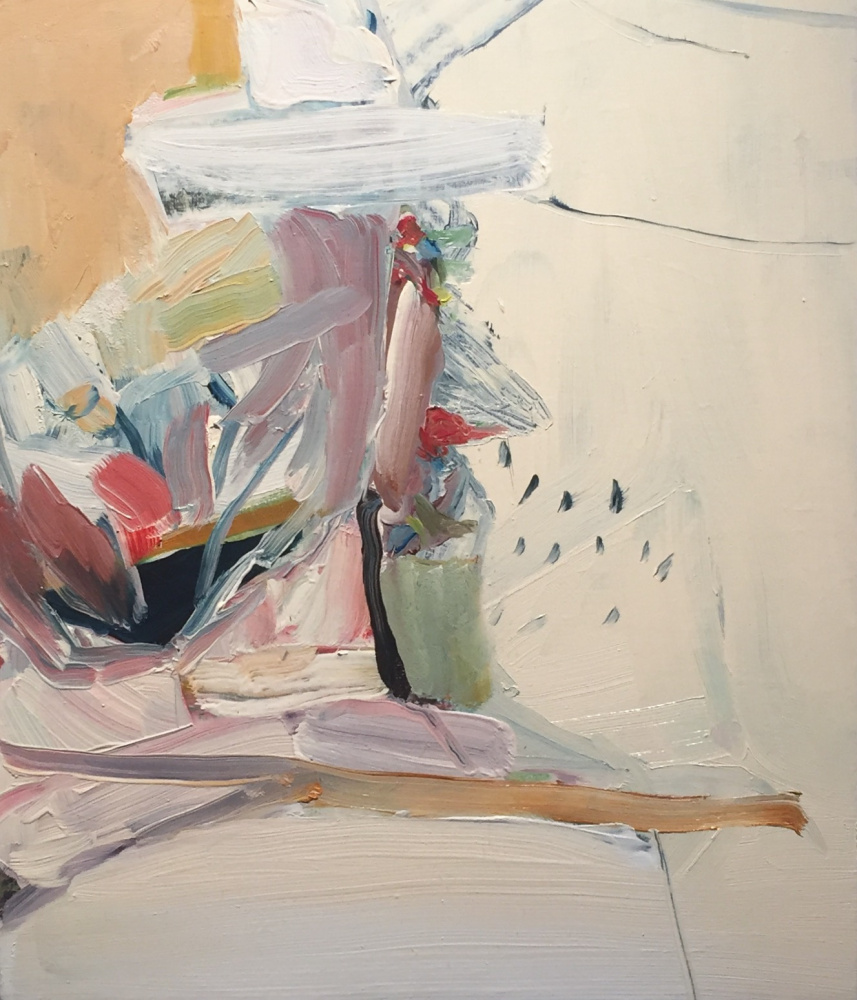
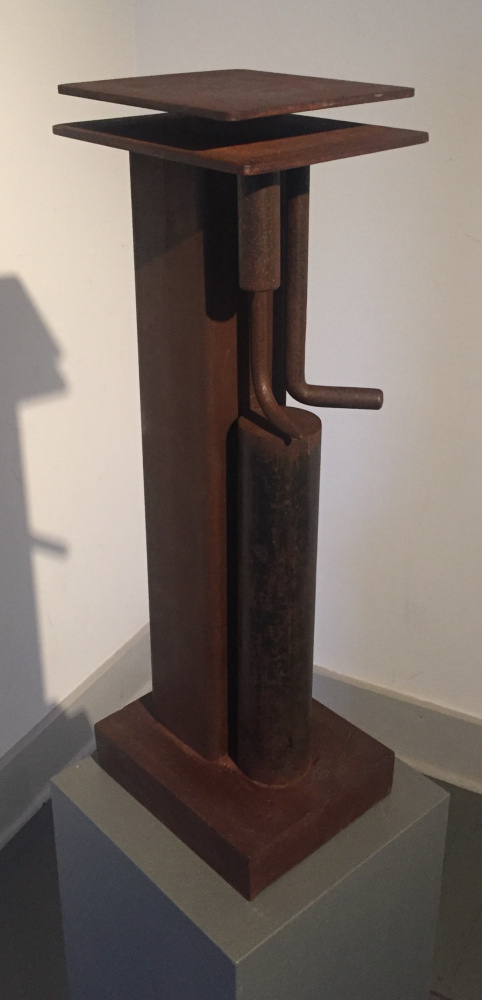
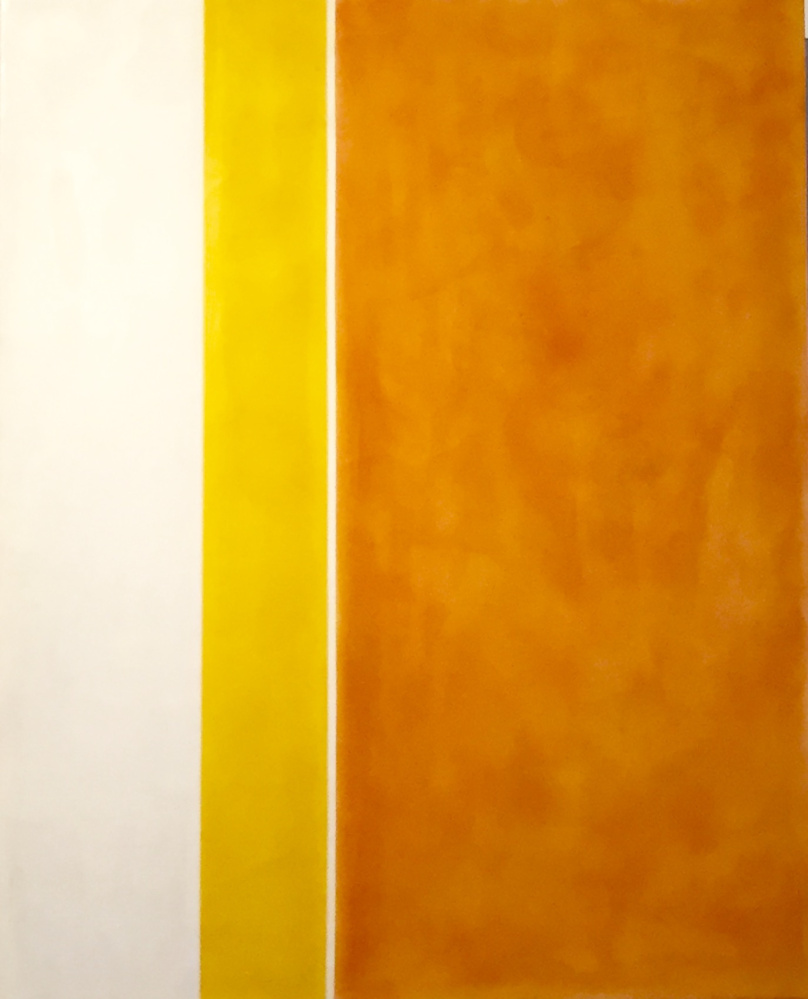

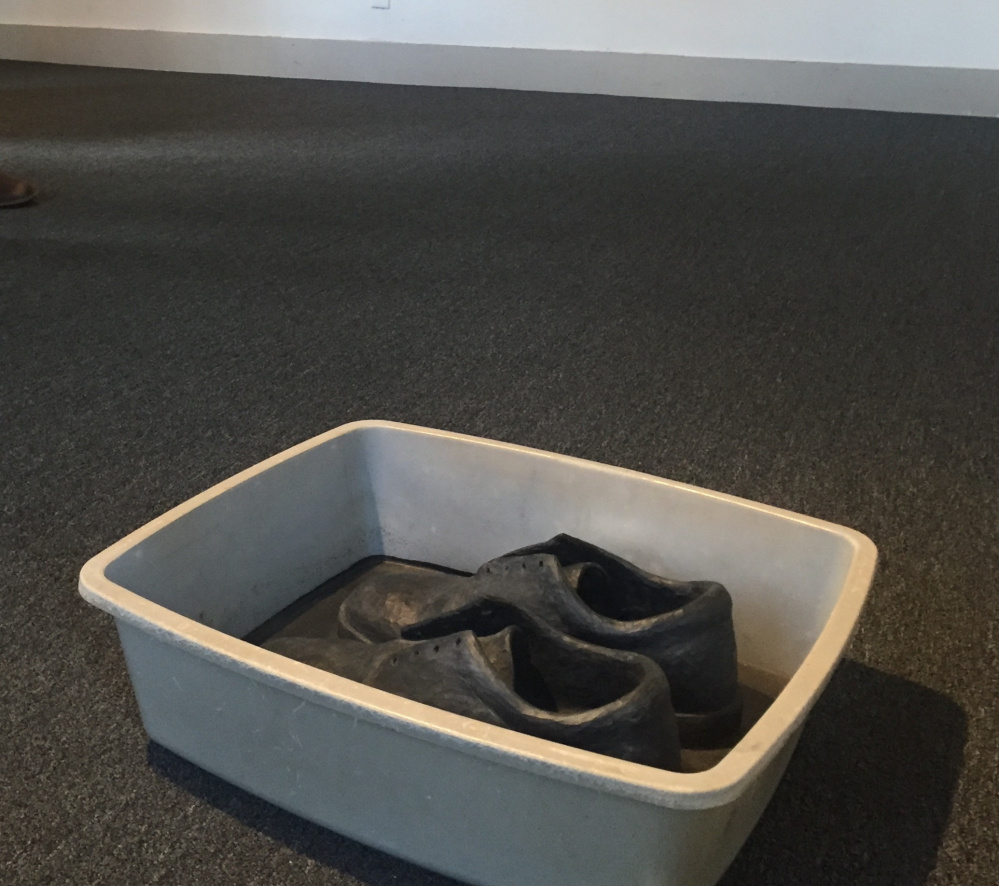
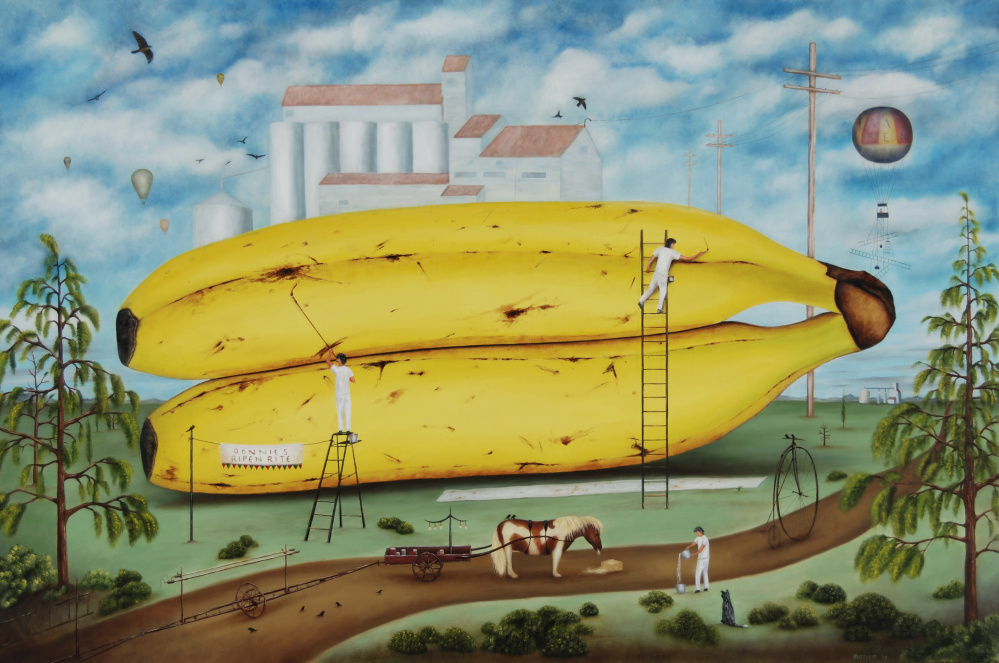

Success. Please wait for the page to reload. If the page does not reload within 5 seconds, please refresh the page.
Enter your email and password to access comments.
Hi, to comment on stories you must . This profile is in addition to your subscription and website login.
Already have a commenting profile? .
Invalid username/password.
Please check your email to confirm and complete your registration.
Only subscribers are eligible to post comments. Please subscribe or login first for digital access. Here’s why.
Use the form below to reset your password. When you've submitted your account email, we will send an email with a reset code.